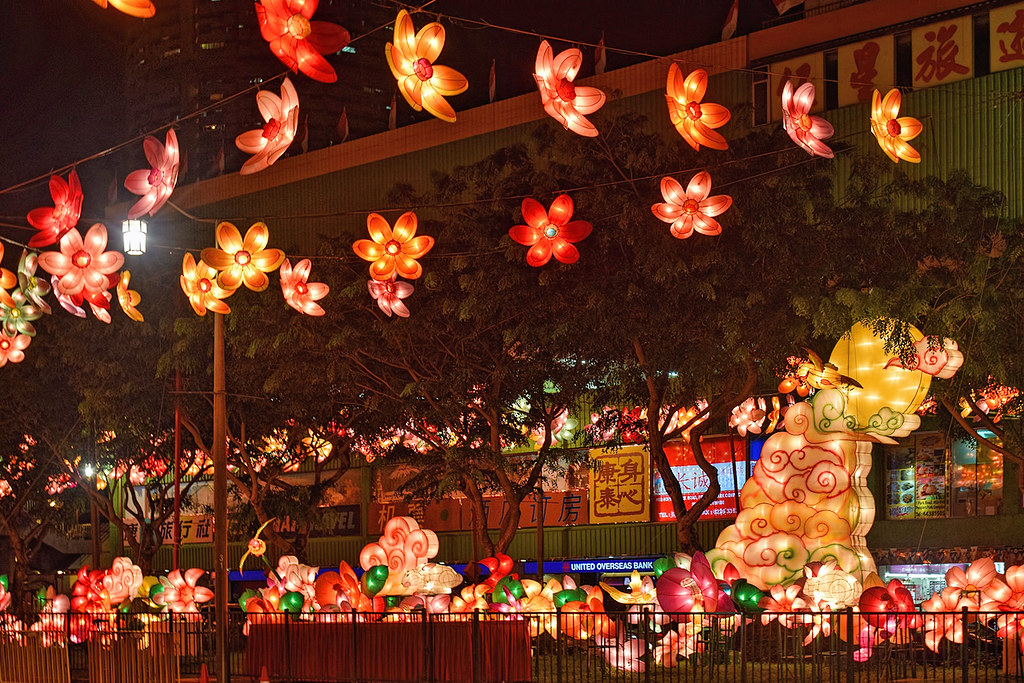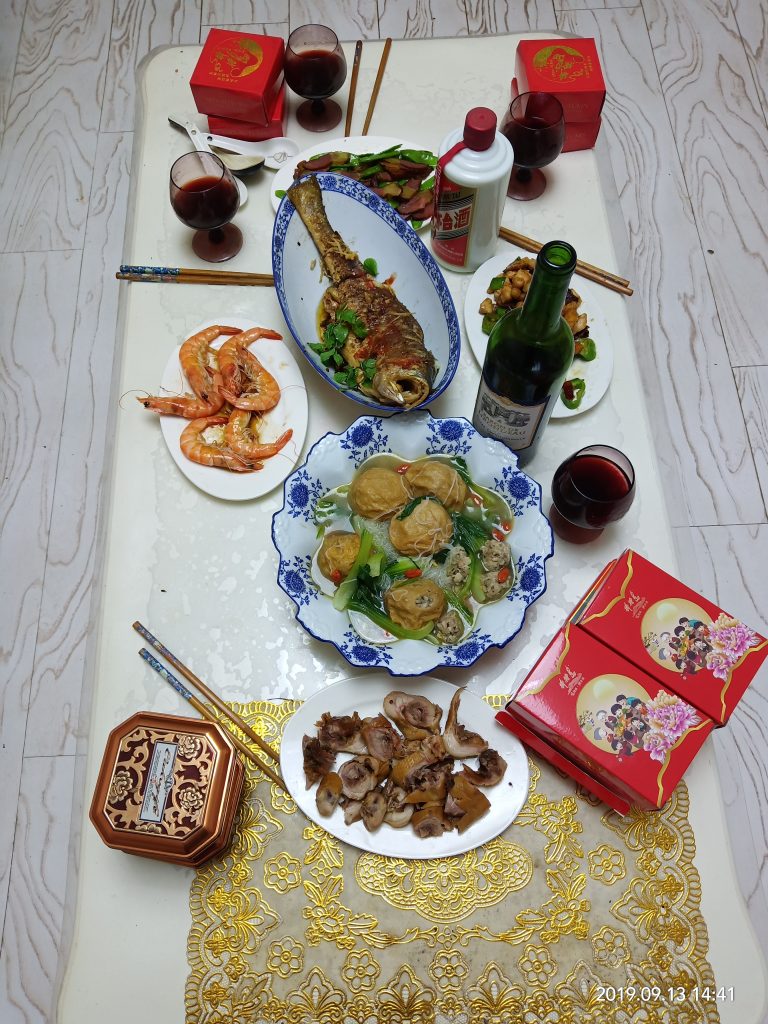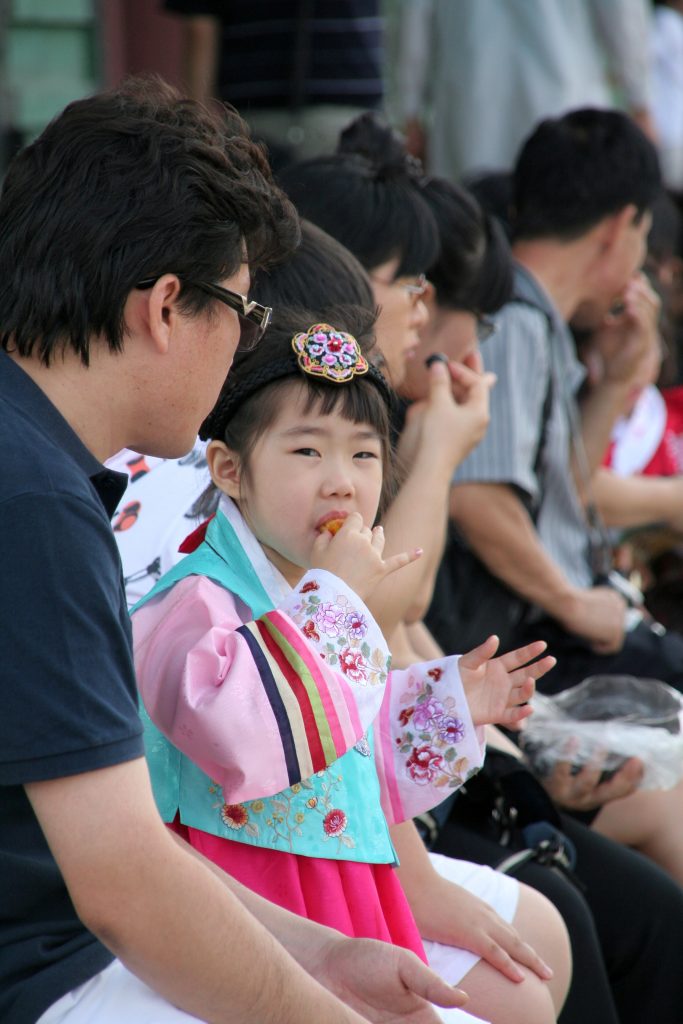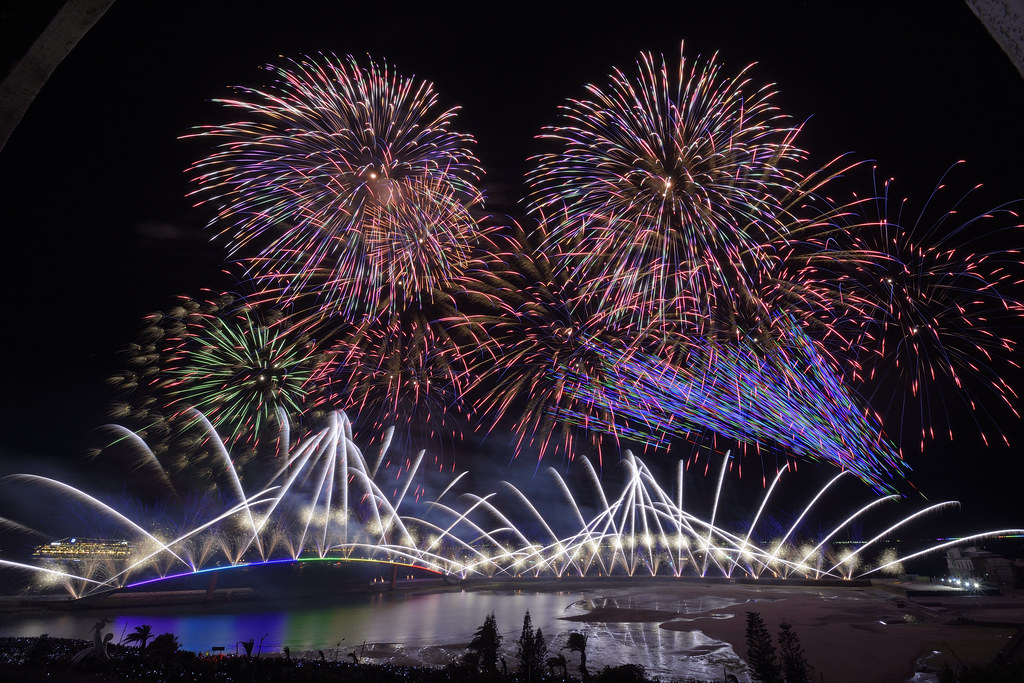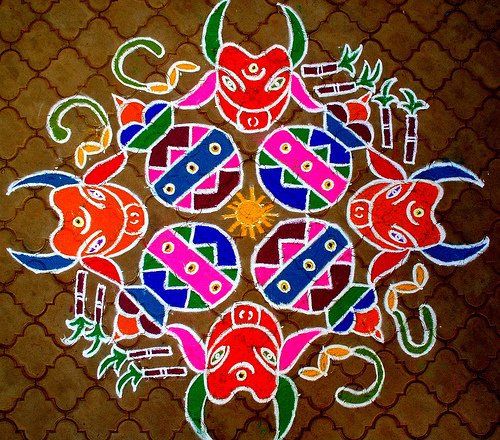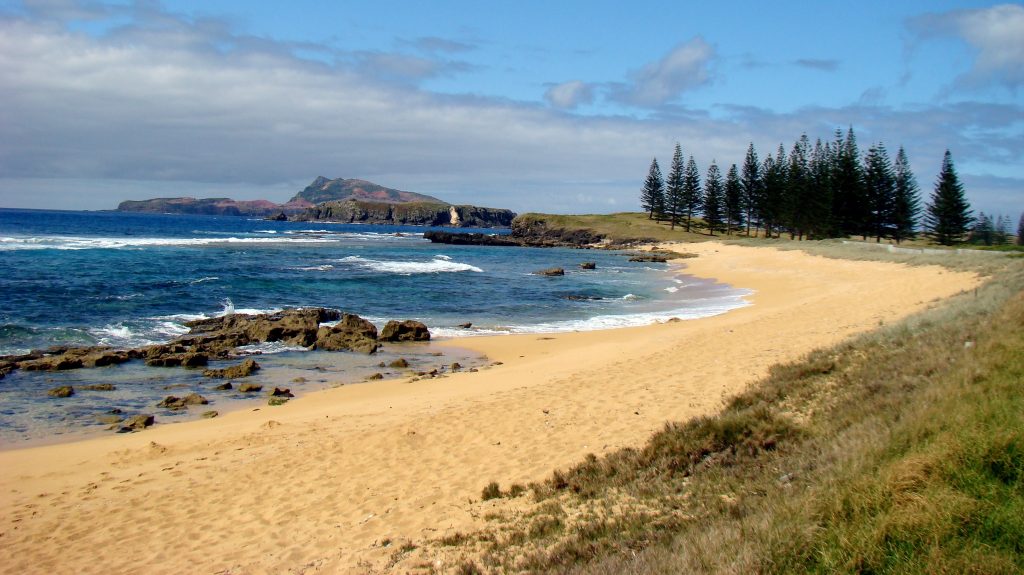In the United States, Thanksgiving is a significant celebration. But we are far from alone, even though others call their celebration of giving thanks by another name, and celebrate on a different date.
Mid-Autumn Festivals
Many countries in Asia have a harvest celebration in the autumn, such as Cambodia (Bon Om Touk), Laos (That Luang), and Vietnam (Tết Trung Thu). The lunisolar calendar determines the precise date every year, setting it on the 15th day of the 8th month. This corresponds to mid-September to early October of the Gregorian calendar. When the Harvest Moon appears in the eighth month of the lunar calendar, it’s time for giving thanks.
Giving Thanks in China
Chinese Thanksgiving, the Chung Chiu Moon Festival or Mooncake Festival, lasts 3 days. In parts of China and other countries, celebrants mark the Mid-Autumn Festival with feasts, parades, and family celebrations.
Food is a major focus, especially mooncake, a round pastry that typically contains duck egg yolks, lotus seed paste, and sesame seeds. The yolk represents the full moon, and the cakes usually have the baker’s logo embossed on top. Sometimes, mooncakes (made with sweet dough) have fillings of lotus seed paste, red beans, or ice cream. Family and friends share mooncakes with one another to signify unity and peace to come.
Lanterns and moonlight also are a big focus of the Mid-Autumn festival. People write wishes on decorative lanterns and float them in the air or display them in their homes.
Giving Thanks in Korea
Food, family, and tradition are the focus of the Korean thanksgiving festival, known as Chuseok (autumn evening). The origins of this three-day holiday celebrating family, food, and ancestors traces back to ancient Korean celebrations of Chuseok (often called Hangawi or Korean Thanksgiving). South Koreans travel to their ancestral hometowns to perform charye, a memorial ceremony offering newly harvested foods like rice and fruit to honor their ancestors.
The night before Chuseok, families often gather to prepare songpyeon together. Together, people form finely ground rice flour into small balls, fill them with sesame seeds, chestnuts, red beans, and other ingredients, and shape these into cakes. The traditional cooking method includes steaming songpyeon on pine needles. This time-honored tradition fills homes with the fragrant smell of autumn.
Gift-giving is a modern tradition, with exchanges of fresh fruit, beef, and even Spam gift sets! Crowds pack the roads and crowd stores in the days leading up to this important holiday.
Chuseok predates the division of Korea, but people in North Korea celebrate a little differently. Rather than gathering with family, North Koreans try to visit the gravesites of their ancestors. Those who are able might also visit the graves of founding members of the Kim dynasty.
Giving Thanks in Japan
The Thanksgiving holiday known as Kinro Kansha no Hi (Labor Thanksgiving Day), takes place on November 23rd each year. But even though it’s close to American Thanksgiving on the calendar, it dates back much farther—over 2,000 years!
Historians date the first Japanese Thanksgiving celebration to the 7th century B.C.E. It began as a harvest festival known as Niiname-sai (新嘗祭 Imperial Harvest Ritual) that celebrated the first rice crop of the year.
The modern tradition of Labor Thanksgiving Day began in 1948. After World War II, people dropped the imperialist roots of Niiname-sai, and the holiday became Kinro Kansha no Hi. Today, the holiday expresses gratitude toward Japan’s laborers, focusing on honoring workers’ rights and contributions (similar to combining Thanksgiving and Labor Day in the U.S.).
Today, the holiday means a day off work or school, writing thank-you notes to laborers, and crafts from schoolchildren for community workers such as policemen, firefighters and other municipal workers. There are no big meals or parades except the Nagano Labour Festival. Local organizations sponsor the Nagano Labour Festival to bring awareness to environmental and human rights issues. Such events are meant to encourage citizens to celebrate the principles of hard work, unity, and community involvement.
The evening ends with the Nagano Ebisuko Fireworks Festival (長野えびす講煙火大会).
Giving Thanks in South India
The Tamil people in South India hold a four-day festival called Pongal to thank the sun god, nature, and humans and animals that support agriculture. This is usually held in January or during the Tamil month of Thai. People get together with families and friends to decorate, offer prayers, hold craft fairs, and enjoy traditional foods.
The holiday features Sakkarai Pongal, a traditional Pongal dish made with milk, ghee (clarified butter), and rice. The Tamil culture regards it as a symbol of prosperity, connected to abundance and wealth.
Many people use rice flour to make kolam decorations. They mix it with dyes and draw complex geometric patterns on the ground. A kolam in front of a home’s entrance serves as a welcome sign and invitation to enter.
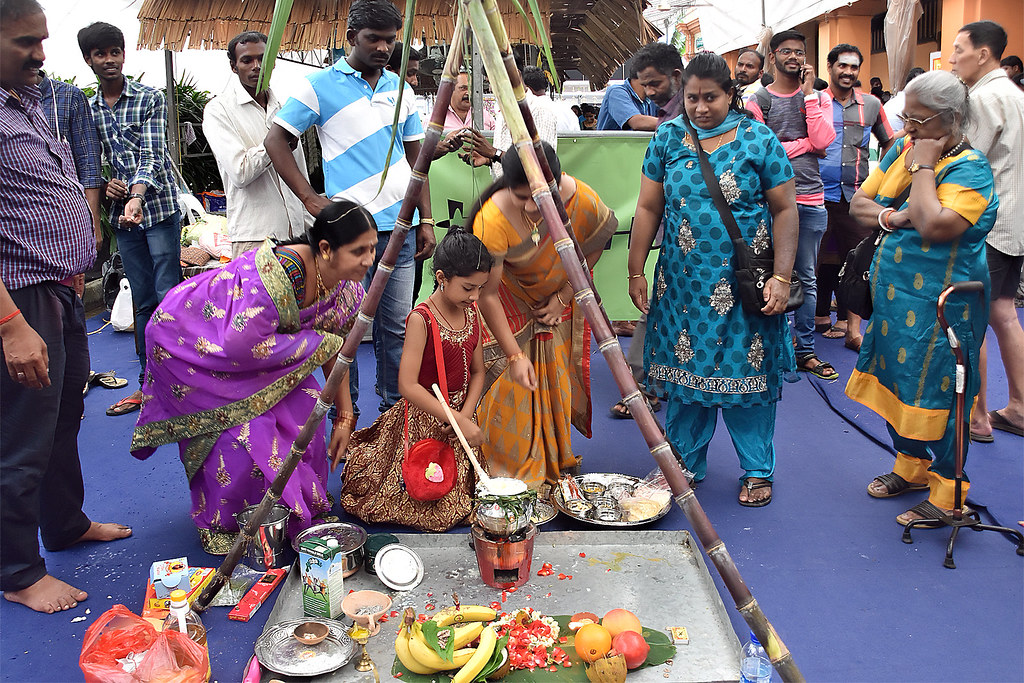
Giving Thanks in Malaysia
In Malaysia, several ethnic groups celebrate the Kaamatan harvest festival, a two-day public holiday on 30 and 31 May.
The festival is in tribute to the goddess Huminodun, who was sacrificed to save people from famine. Rice is the main ingredient in dishes served during this festival, along with rice wines. The festival ends with a Humabot ceremony complete with games, songs, and dance.
Celebrations include symbolic decorations, family and social gatherings, and activities such as beauty pageants (for both women and men), dance performances, singing competitions, and other art and craft performances.
Giving Thanks on Norfolk Island
New Zealanders and Australians don’t typically celebrate Thanksgiving—unless they live on Norfolk Island, a small Australian territory northeast of Sydney. This remote island is a former British penal colony.
Thanksgiving on Norfolk Island is a holdover from 19th-century American whalers who celebrated the holiday during their stay on the island. In fact, this Thanksgiving tradition dates back to the mid-1890s, when the American trader Isaac Robinson decided to host an American-style Thanksgiving service in the All Saints Church in Kingston in order to attract some visiting American whalers to the celebration. Thus the American roots.
Today, the people of Norfolk Island celebrate the holiday on the last Wednesday in November. People bring fruits, vegetables, and cornstalks to decorate the church and sing American hymns. After the Thanksgiving Day church service, people enjoy a lunch of American Thanksgiving dishes, plus banana pilaf and fish salad.
Celebrants often decorate with corn stalks, pumpkins, and other items reminiscent of American fall, even though November is springtime in their part of the world.
Bottom Line: Giving thanks is everywhere! Look for more next Tuesday.
